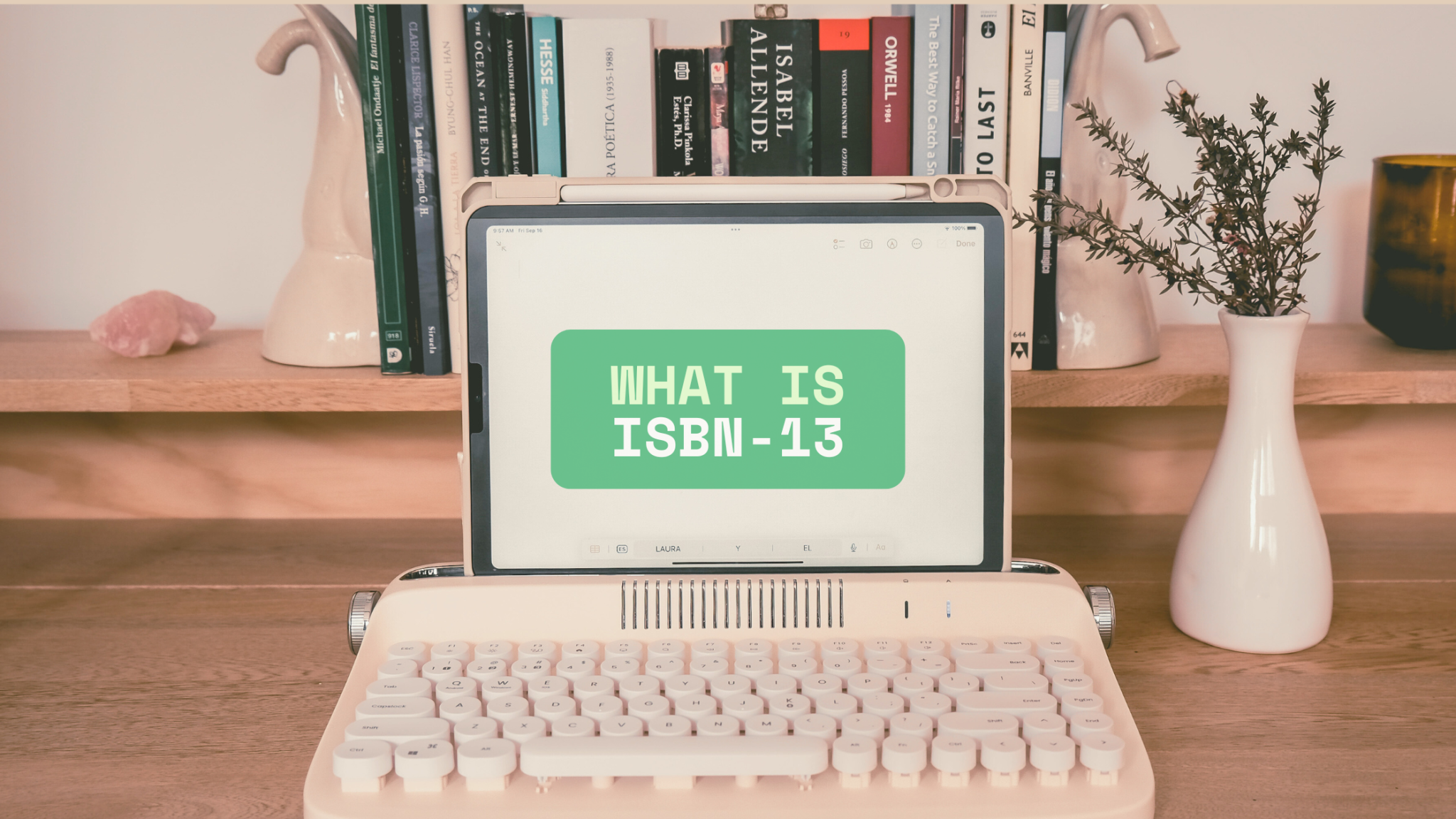
Despite the global shift toward ISBN-13, the 10-digit ISBN format, known as ISBN-10, continues to play a significant role in the world of publishing. While newer books are assigned ISBN-13 codes by default, ISBN-10 remains relevant for historical, technical, and practical reasons. Understanding what ISBN-10 is, how it differs from ISBN-13, and why it still matters can help authors, publishers, and librarians better manage their catalogs and metadata.

The International Standard Book Number (ISBN) was first introduced in 1970 as a 10-digit numerical identifier designed to uniquely distinguish books and similar publications. The ISBN-10 format was the global standard for over three decades before being replaced by the 13-digit version in January 2007.
An ISBN-10 is divided into four parts:
Example: 0-306-40615-2
The ISBN system was expanded in 2007 to accommodate a growing number of publications and to align with the EAN-13 product coding system used globally in retail.
|
Feature |
ISBN-10 |
ISBN-13 |
| Digits |
10 |
13 |
| Prefix | None | Begins with 978 or 979 |
| Check Digit | Calculated with mod-11, may include ‘X’ | Calculated with mod-10 |
| Barcoding | Not retail standard | Compatible with EAN-13 barcode |
| Usage Today |
Legacy books and databases |
Mandatory for all new books |
While ISBN-13 is required for all new titles, ISBN-10 is far from obsolete. Here’s why it still matters in the modern publishing landscape:
Millions of books published before 2007 still use ISBN-10 as their primary identifier. Many older library systems, academic archives, and publishing databases still reference ISBN-10 records.
ISBN-10 remains common in academic and research citations due to consistency in formatting and historical precedent.
Some publishing tools, book catalogs, and POS systems are configured to recognize both ISBN-10 and ISBN-13.
Books that originally had ISBN-10 identifiers were automatically assigned corresponding ISBN-13 codes starting with the 978 prefix.
Conversion formula:
To convert an ISBN-10 to ISBN-13:
Example:
This conversion ensures continuity across systems, but it also highlights the importance of retaining ISBN-10 in legacy records.
Even today, many readers search for books using ISBN-10, especially if they’re buying second-hand copies or referencing older materials. Google Books, Amazon, and WorldCat still index books by both ISBN-10 and ISBN-13 to maximize discoverability.
While most developed countries have adopted ISBN-13 entirely, some smaller publishers and regions with limited digital infrastructure may still operate primarily with ISBN-10 due to:
This reinforces the need to understand and support both formats in global publishing operations.
No. All new books, regardless of format (print, ebook, audiobook), must use ISBN-13 to comply with international publishing and retail standards.
However, many ISBN databases and book metadata tools will still generate or display the ISBN-10 equivalent for legacy compatibility and search purposes.
Although ISBN-10 has been formally replaced by ISBN-13 in modern publishing, its importance hasn’t vanished. From academic referencing and legacy systems to discoverability and system compatibility, ISBN-10 still plays a vital role in the book ecosystem. Understanding how it fits into today’s publishing infrastructure helps authors, librarians, and publishers ensure their titles are accurately cataloged, easily found, and properly managed, both past and present.
Yes, ISBN-10 remains valid for books published before 2007. While it is no longer used for new publications, it is still supported in many databases, libraries, and citation systems.
No. All new books must be assigned ISBN-13 numbers. ISBN agencies no longer issue ISBN-10 codes for new titles, but legacy ISBN-10s remain in use for older publications.
Books published around 2005–2007 or republished editions of older works may show both formats for compatibility. Including both helps ensure the book can be found in older systems and retail platforms.
Yes. Many academic and library systems continue to recognize and use ISBN-10 for older titles. Some catalog records may list both versions for better metadata consistency.
Yes. The check digit in an ISBN-10 can be a number from 0 to 9 or the letter ‘X’, which represents the number 10 in modulus-11 calculations.
Amazon primarily uses ISBN-13 for new publications, but older books are still listed with their original ISBN-10. In fact, many Amazon ASINs for books are based on their ISBN-10 numbers.
Most online bookstores, library catalogs, and databases still support ISBN-10 search queries. They typically match ISBN-10 with the equivalent ISBN-13 behind the scenes.
